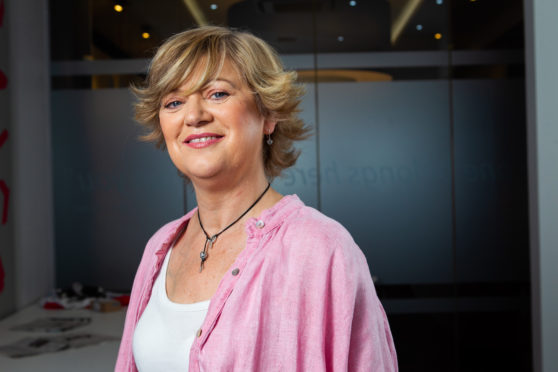
A few weeks ago, actress Emma Watson announced she wanted to be considered “self-partnered” rather than admitting to be – Shock! Horror! – single.
She came in for some stick from some quarters but I must admit I have a bit of an issue with titles, too.
For example, why is it a guy can be Mr, pure and simple, but a woman has to announce her marital status to every online shop, postman or delivery person?
Being a bit mature (amusingly), I struggle with “Miss” sounding like “nobody loves me” and “Ms” suggesting “failed marriage” so I often resort to using one of my honorary “Dr” titles to beat the system.
I should point out that I am not particularly politically correct.
Obviously, I try not to offend, but aren’t we overthinking things a bit?
I’ve been involved in debates about the use of many words used to described amputees.
For example, labelling someone “disabled” when they are more than able in many ways can be patronising, but then others are offended by the term “able-bodied”.
A parking attendant once asked me if I had a disabled car to which I replied that my car was very able, thank you, it’s the driver you have to worry about! There’s also confusion over what an “accessible toilet” is (the preferred word for disabled loos) and some amputees hate the word “stump” or think the word “amputee” defines them.
I prefer to pick the easiest way to describe myself, when needed.
It’s easier to say “I’m an amputee” rather than “a person who has lost limbs” or say my “stumps” rather than my “little legs” which requires more explaining.
Being an amputee with stumps doesn’t define me entirely, but it has played a part in who I’ve become as a person, but then so has motherhood and sepsis, among other things!
This subject of labels came up last week when I met with diabetes experts to see how my charity, Finding Your Feet, could work with them.
It’s thought that 40% of all amputations are as a result of diabetes and in many cases, this could be avoided by lifestyle changes, so we are trying to help people make these changes. During our meeting, the big guns in diabetes health care corrected me when I referred to someone as a “diabetic”.
Apparently, the better term is “someone living with diabetes”. Also, it’s now wrong to say you can reverse type 2 diabetes – but you can “put it in remission”.
Well, a day later, my new friend in the hospital waiting area told me he was a diabetic and I felt it my duty to explain to him that term was offensive – to himself! – and we laughed at the new PC rules.
He then proudly told me that actually he wasn’t a diabetic any more, having reversed his illness by choosing to look after his body better.
Again, I explained that actually he wasn’t cured, he was “in remission”.
Thankfully, he had a good sense of humour and enough self-confidence to joke about it, at least it’s a reminder for him to stick with the new lifestyle.
The moral is, if it’s not broke, don’t fix it.
I’m way too busy with my everyday issues and family life to get offended by a politically incorrect word, provided it wasn’t said with malice.
Something that does need an overhaul, though, are the antiquated female titles that define women in the context of their relationship history.
Trust me, I’m a doctor.

Enjoy the convenience of having The Sunday Post delivered as a digital ePaper straight to your smartphone, tablet or computer.
Subscribe for only £5.49 a month and enjoy all the benefits of the printed paper as a digital replica.
Subscribe